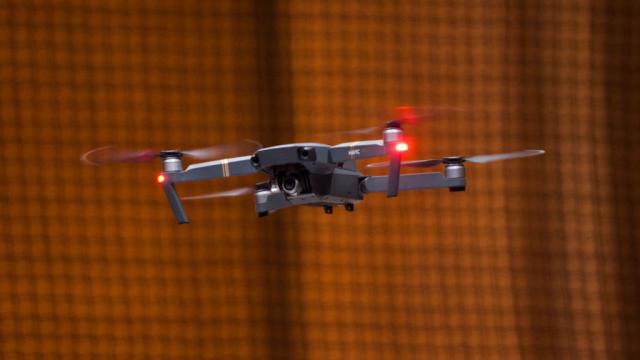Year after year, drones are becoming more popular with the public and the industry is expected to grow for the foreseeable future. This, coupled with an antsy commercial drone industry, has created a lot of regulatory headaches for the FAA. The latest proposal on the table is to create a remote identification system in order to increase accountability for pilots.
Photo: Getty
Since drones first started to become affordable for the average user, there has been a fight between hobbyists who just want to be able to play with their toys and the Federal Aviation Authority which just wants to keep people safe. New standards for legal airspace to fly a consumer drone were implemented last year. And since 2015, drones that weigh more than half-a-pound had to be registered. In May, a federal court struck down that rule but Congress is reportedly working on legislation that would reinstate the registration requirement.
Still, even if a drone is registered, that doesn’t mean that authorities can see the tiny registration number on the bottom of the device when it’s airborne. Last week, a new rulemaking committee met to discuss a proposal for remote identification of drones. Seventy-four organisations participated in the meeting including Amazon, Qualcomm, and the NYPD. The various groups have differing reasons for why they do and don’t want unfettered airspace for drones. According to a report from Recode, it looks like some sort of remote identification system is inevitable. First, a registration system would have to be put back in place but the official recommendations from the FAA are due on September 30th.
Logistically, some sort of air traffic control system is going to need to be in place if the future is really going to include drone package delivery, medical drones, internet-delivery drones, and, of course, massive police surveillance. The skies are going to get too crowded and it’s too easy for bad actors to use drones for nefarious purposes. Even when people have no ill intent, the remote-controlled devices can cause chaos. Earlier this week, two planes fighting wildfires in Colorado had to prematurely drop their flame-retardant payloads because of drones flying in the area — a screwup that cost the US Forest Service somewhere between $US16,000 ($20,809) and $US20,000 ($26,011).
Regulators may be facing a two-step forward, one-step back approach at this point but with big money getting into the industry, a strict system is inevitable. Enjoy flying that bad boy with limited restrictions while you can.
